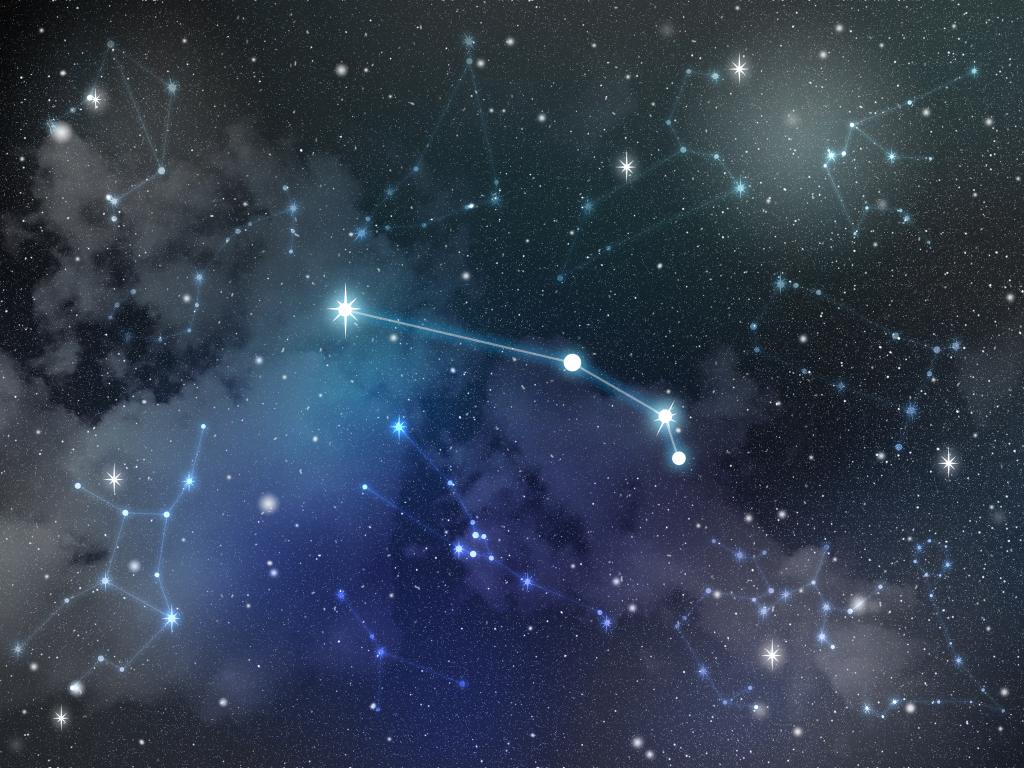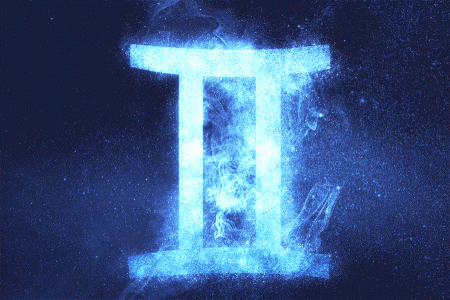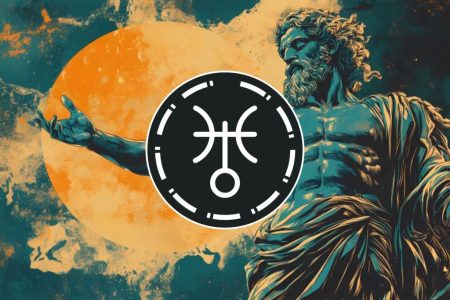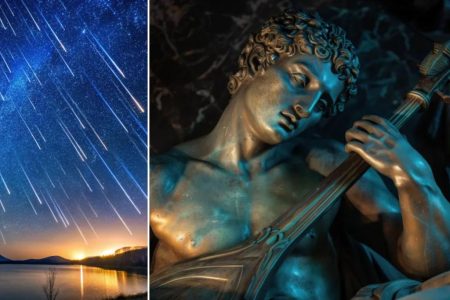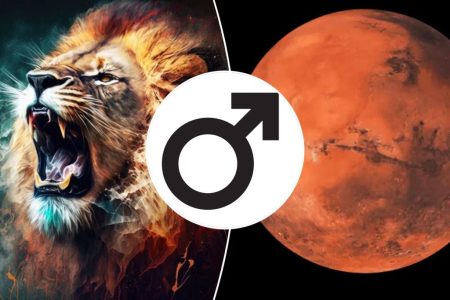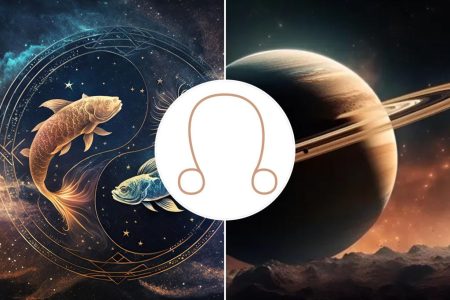The Arietid meteor shower is currently at its peak, following the new moon in Gemini. These annual showers typically last from late May to mid-June and are expected to produce between 60 to 200 meteors per hour, with the peak around June 7. This shower is unique in that it is a daytime meteor shower, making it more challenging to observe, but still visible in both hemispheres. There is an opportunity to see pre-dawn meteors known as “earthgrazers,” which are bright and slow-moving.
The best way to view the Arietid meteor shower is to face east and watch for meteors moving away from the radiant point in the sky, which is in the Aries constellation. While June 7 is predicted to be the best day for viewing the showers, visibility rates will remain high through the second week of June. The new moon this week ensures a darker sky, enhancing the viewing experience. The meteors will be visible moving out of the radiant in various directions, some even appearing to move vertically.
Meteors, commonly known as shooting stars, are not actually stars but rather fragments of rock and iron that burn up upon entering Earth’s atmosphere. The colorful streaks produced by meteors reflect the chemical composition of the space rock and the air they pass through. For example, meteors with high iron content may appear yellow, while those with calcium content could be purple. These space debris are produced through asteroid collisions and leave behind a trail that, when Earth passes through, result in the spectacular light shows we see as meteor showers.
The Arietid meteor shower is named after the constellation of Aries, where the radiant point lies. In Greek mythology, Aries is associated with a bold and brutal tale involving the royal twins Phrixus and Helle. These twins were saved from death by a winged ram sent by their true mother, and on their journey to safety, Phrixus survived while Helle died. Phrixus sacrificed the ram in gratitude to Zeus, and the ram’s fleece became the golden fleece of legend, giving rise to the Aries constellation and the meteor shower we witness today.
Astrologer Reda Wigle explores the connection between the Arietid meteor shower and astrology, particularly the impact on each zodiac sign. By studying planetary configurations and their effects, Wigle incorporates history, poetry, pop culture, and personal experience into her horoscopes. The association between the radiant of the Arietid showers and the Aries constellation adds a depth of mythology and symbolism to astrological interpretations, connecting celestial events to individual experiences and personalities based on zodiac signs.









